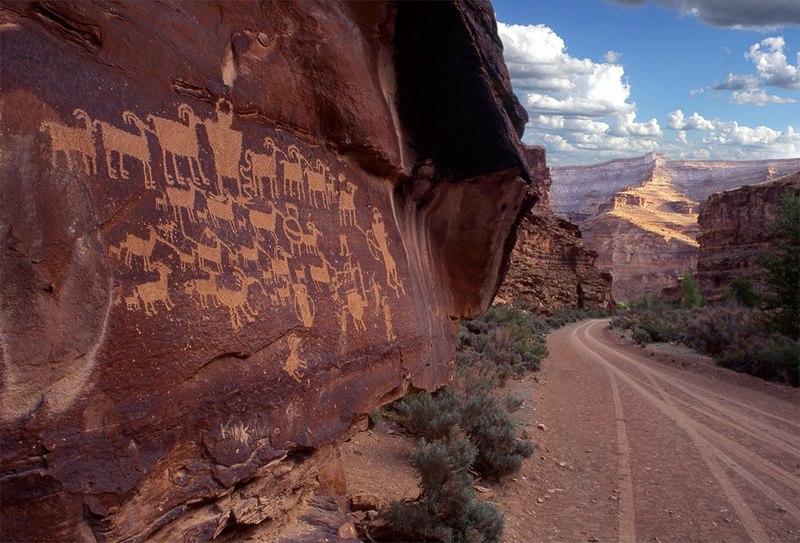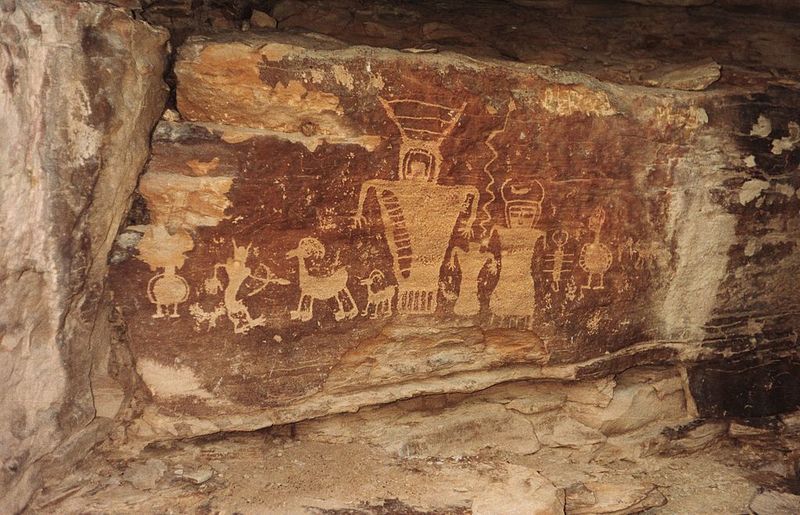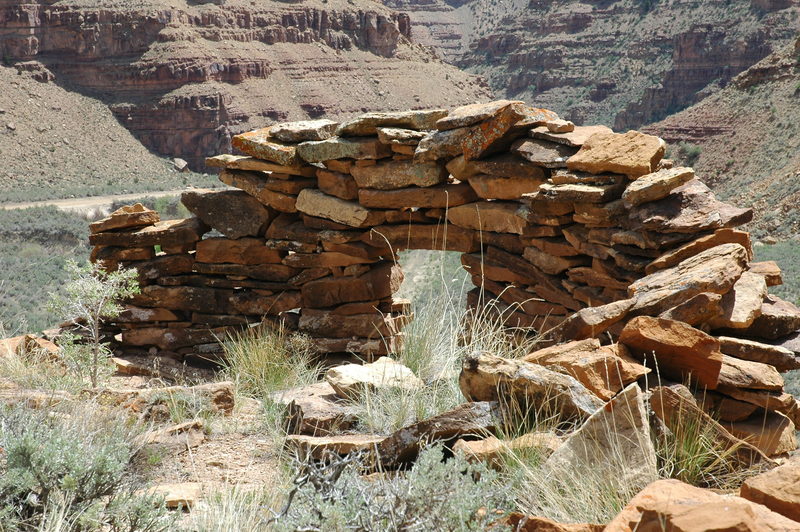Nine Mile Canyon

Source: The Great Hunt -- Bureau of Land Management, Flickr Creative Commons
With a length of more than 40 miles, the deceptively named Nine Mile Canyon is a tourist destination of eastern Utah that winds through Carbon and Duchene Counties. While the rock walls and greenery of the canyon can be breathtaking, the true pull for both archeologists and the average visitor is the clear evidence of an ancient civilization. The Fremont Indians left behind art on the rock walls of the canyon that has been remarkably well-preserved. This art provides a glimpse into an ancient culture that has left no written records.
Evidence of the Fremont culture is largely found in an area of land in eastern-central Utah about 200 miles long and 100 miles wide. The Fremont people lived in the area of Nine Mile Canyon between 900 and 1250 AD and subsisted off of a mixture of farming and a more traditional hunter-gatherer lifestyle. Because of this, the vast majority of the artifacts that have been found were located in areas with easy access to water for irrigation purposes. Nine Mile Canyon adequately served this purpose as it was formed by and still contains Nine Mile Creek, a minor water source that is nevertheless important as it is one of the only reliable, year-round sources of water in the region.
Some of the best examples of Fremont habitation sites that have been studied are located in Nine Mile Canyon. The villages were never large although they were often located close together. Many times, they were located on elevated sites close to farmable land. While the Fremont made several distinct types of buildings, the most common and representative is the pithouse. These houses which vary in size and depth were dug into the soil, walled up with adobe, and covered with a roof which also served as an entrance. Several examples of these houses are found along Minnie Maud Creek in Nine Mile Canyon.
The greatest attraction of Nine Mile Canyon, and what has caused it to be called “The World’s Largest Art Gallery”, is the abundance of petroglyphs carved and painted on the walls of the canyon. With over 1,000 rock art sites in the canyon and more than 10,000 individual images, the canyon is one of the most densely concentrated example of rock art in North America. Many of these petroglyphs are remarkably well preserved. The pictographs display a wide variety of figures and activities, including trapezoidal humanoid figures, hunting parties, snakes, and large animals. While the exact purpose of the art cannot be discerned, it is clear that there was a high degree of skill involved in creating the images.
Since the first settlement of the area by Euro Americans in the 1880s, the petroglyphs and archeological evidence of the Fremont culture have fascinated and amazed. Many of the first settlers in the region were Latter-day Saints. When seeing the petroglyphs for the first time, they were interpreted as evidence of peoples described in the Book of Mormon. In time, the analysis of the rock art has become more scientific and notable archeologists, such as John Gillin, have spent much of their life work analysing the slab and pit houses and other artifacts that the ancient culture left behind. The rock art, as well as the natural beauty of the area, has also attracted many amateur archeologists and tourists. While heavy dust from industrial traffic on unpaved roads has threatened the petroglyphs that set Nine Mile Canyon apart, a newly completed paving project has helped to ensure that the artifacts that have provided such a great opportunity to study will remain for future generations to admire and wonder at.
Images

Source: The Great Hunt -- Bureau of Land Management, Flickr Creative Commons

Source: Nine Mile Canyon Petroglyphs -- runt35 [CC BY 3.0 (https://creativecommons.org/licenses/by/3.0)]

Source: Redman Village, Nine Mile Canyon -- Tricia Simpson [CC BY-SA 3.0 (https://creativecommons.org/licenses/by-sa/3.0) or GFDL (http://www.gnu.org/copyleft/fdl.html)], from Wikimedia Commons